We've released an animation to expose 'bagged foxes'
Watch it today and support our petition for a proper ban on hunting
Last week we released our latest animation uncovering perhaps the sickest and darkest element of fox hunting, the art of ‘bagged foxes’. Yes, you read that right. Some hunts still capture and bag foxes to guarantee a chase. The very fact this still goes in is perhaps the strongest evidence that ‘trail hunting’ is nothing but a sham. Hunts are not following artificial trails. They are still chasing and killing mammals for the sheer fun of it. But as is often the case like the work of terriermen and the activity of cub hunting, the practice of using bagged foxes is almost completely unknown by the general public. And so we decided it would make an ideal animation.
In the first ten days over 2.5 million people have watched the below video which is quite staggering to think about! That’s the equivalent of 1 in 26 of the entire British population! And it is for this reason that we will continue to push out our animations because they’re incredibly effective in educating people about what is really going on in the British countryside.
And with you by our side we will see a day where this sick pastime comes to an end.
Help us protect foxes!
By adopting a fox with Protect the Wild you will help us put ‘eyes in the field’ to tackle illegal hunting, our campaign efforts to ensure a proper ban on hunting and greater protection for wild foxes, and efforts to help rehabilitate sick and injured foxes.
As an adopter, not only will you be helping fund vital work, but you will also receive an exclusive Protect the Wild adoption pack including cuddly toy, glossy photo, and an information fact sheet. As an adopter we will keep you up to date by email on our latest campaigns and the important impact we’re having to safeguard wild foxes.
Learn more about bagged foxes courtesy of my colleague
who wrote the below article.So what is a bagged fox? What is its role in hunting? And why is it so abhorrent that even the hunting associations back away from it?
Screenshot from footage published by ITV News
Why bag a fox?
A bagged fox is a fox that is kept in a bag for ‘turning out’, or releasing, during a hunt meet. As in the video published by ITV News, someone will let the fox go just ahead of the hounds. The fox will then have some opportunity to run away but, more likely than not, the hounds will successfully kill the creature because of their unfamiliarity with the area.
The reasons for using a bagged fox are varied, but one of the most commonly mentioned reasons in historical hunting literature is the lack of foxes in an area. As a University of Warwickshire website about fox hunting explains, there was a “concernedly low” population of foxes in the English countryside by the end of the 18th century. One solution to this was the planting of coverts in fields to encourage more foxes. But another was to capture foxes prior to a hunt meet and release them on the day.
Although bagged foxes were used to compensate for a shortage of foxes in some hunt countries in the late 18th century, records of their use pre-date this era. That’s because another key reason for using bagged foxes is to ensure a show for the subscribers and a kill for the hounds. In her PhD thesis Foxhunting and the landscape between 1700 and 1900, Jane Bevan shared two accounts of bagged foxes in hunting literature from 1711 and 1712. She explained that bagged foxes were mentioned as a common part of the “hunting regime” of the 2nd Duke of Grafton, who died in 1757. And she said records show “5 braces of foxes” were transported from Marsham to Holkham Hall in Norfolk in 1721.
A Punch magazine cartoon intended as satire of prime minister Gladstone, 1884.
Explaining these records, Bevan went on to say that bagged foxes were sometimes “used to ensure a quick, failsafe ‘find’ even where numbers were adequate”.
One other reason for a bagged fox, sometimes put forward by sabs, is huntsman incompetence. A December 2018 hit report by North Dorset Hunt Saboteurs, for example, suggested the Portman Hunt released a bagged fox because the “hounds are so bad they can’t find a scent naturally”. Three Counties Hunt Saboteurs echoed this in a post in December 2015, when it said that “the use of bagged foxes shows a totally different level of incompetence and desparation [sic] as a huntsman”.
How to spot one
The likelihood of hounds killing a bagged fox is exacerbated by the creature’s lack of familiarity with the area the hunt has released them into. As they’re unfamiliar with the surroundings, and because they’ve just come out of a bag they may have been in for some time, they’re marked by an apparent dizziness and tiredness. The Animal Welfare Information Service shared a 1908 account by the then-hunting editor of The Field that said of one bagged fox: “he was quite dazed, and ran twice round the little enclosure he found himself in, never making any attempt to leave”.
More recently, sab groups have highlighted similar strange behaviour in foxes they’ve seen. In December 2019, East Yorkshire Coast Hunt Sabs claimed the Staintondale Hunt released a fox while hunting near Scarborough. The group said that, although it didn’t witness the release, there were tell-tale signs of an out-of-place fox:
by the behaviour of the first fox we saw to safety it was clear it had no idea where it was. … This fox today was going in circles, lost, confused and by the end of it looking exhausted.
In January 2019, Northants Hunt Saboteurs described a “disorientated” fox the group believed was turned out. And in November 2019, Three Counties Hunt Saboteurs described a fox at a meet of the North Cotswold Hunt. He was “disoriented” with “his tongue hanging out” and “looked exhausted”. The group suggested this may be signs of a recently released bagged fox. Three Counties Hunt Saboteurs went on to explain that:
When foxes know their territory, particularly when hounds are speaking nearby, they will run with their heads down, knowing where they're going, not looking around with their heads up and trying to find a way to go.
The documentary Red Coats included a clip of two terriermen running, one of whom is clutching a rucksack. North East Hunt Monitors, which the documentary follows, told Protect the Wild it believes the footage shows a bagged fox. "The bag seemed to be heavy and when the team were spotted filming they made a run back to their vehicle," the group said. The video was captured at the Thornley Hall meet of the South Durham Hunt in February 2019.
There are other grim details associated with bagged foxes, too. Some have claimed, including huntsman-turned-anti Clifford Pellow, that hunts will cut the pads of bagged foxes. Though this slows the creature, it increases the scent they give off, making for better hunting. Pellow also claimed bagged foxes could, for similar reasons, be doused in their own urine before turning out.
Where do they come from?
Hunts can obtain foxes from any number of sources including dig outs, gamekeepers, pest controllers and even through breeding.
One probable example of foxes bred for bagging is the notorious Middleton Hunt fox cubs case, exposed by the League Against Cruel Sports. In 2015, the League filmed 16 fox cubs kept in a barn just 200m from the hunt's kennels with no vixen or parents in sight. While Lord Middleton, on whose land the cubs were found, claimed at the time that the cubs were there “for kind reasons”, the reality is they likely would have ended up either in artificial earths or as bagged foxes. Despite police interest, nobody was charged for holding the cubs.
Later that same year, investigators from the League published evidence that appeared to show a gamekeeper providing a fox to a hunt. Video published in December 2015 shows a fox held on the Buckminster Estate by the Belvoir Hunt. The investigators also captured footage of what they believed was a local gamekeeper entering and leaving the building in which the fox was held, including on the morning of a Belvoir Hunt meet. Video shows he attended the building – from which the fox had already been liberated – with a net and an empty sack. Gamekeepers are well-placed to supply foxes because foxes are often trapped and ‘removed’ from shooting estates in order to ‘protect’ pheasants, partridges and other birds killed for fun.
Pest controllers are similarly well-placed to provide hunts with such a service. Like everything else to do with the murkier, more obscure parts of the hunting industry, it’s difficult to present hard evidence of this taking place. But Three Counties Hunt Saboteurs claimed anti-hunt monitors that have previously gone undercover with hunts have told the group of:
examples where pest-controllers have trapped foxes for people, given them the option of killing the fox or giving them a chance to live in the countryside and then have released them where they know their mates will be hunting later in the day
The other source of bagged foxes is from terriermen that have dug out or bolted a fox. Footage by Three Counties Hunt Sabs in January 2020 showed terriermen with a net over a badger sett entrance, intending to capture a fox gone to ground inside the sett. This may be one way foxes are captured for later release. Digging out needs less explanation. What exactly determines whether a fox is killed, hunted on, or taken for later bagging is unclear.
Scale of the practice
The scale of the practice is equally mysterious. Historical hunt writing suggested it was commonplace amongst hunting for hundreds of years. Bevan, in her PhD thesis, said that a market in trading foxes for bagging had developed “during the eighteenth century”, particularly around Leadenhall Market in London. The market was apparently so vibrant that foxes started to be imported from France. And evidence of how widespread this was might be seen in the DNA of foxes throughout the south of England. Wildlife Guardian quoted Roger Lovegrove, who said that their DNA shows they are “more closely related to French foxes than those in the north”.
An illustration from Punch magazine, via Past Time Postcards.
Historically there were even hunts that hunted bagged foxes exclusively, or near-exclusively. Bevan cites Roger Longrigg’s 1975 book The History of Foxhunting as having mentioned a 1770 subscription pack owned by the “Gentlemen of Sunderland” that solely hunted bagged foxes. George Templer, the first master of the South Devon Hunt, did something similar. Templer kept an entire second pack of “dwarf foxhounds” purely to hunt bagged foxes.
In fact, as a book on the history of the South Devon Hunt explained, Templer even had a yard dedicated to ‘exercising’ captured foxes meant for turning out:
George Templer introduced something even more remarkable than a quicker style of [hunting]…
It consisted in turning out before the hounds, when they failed to find the wild animal, a fox drawn from a reserve of a score or so, kept in two large yards at Stover, where each had his own kennel to which he was fastened by a long chain revolving on a swivel so as to ensure the animal getting plenty of exercise.
One dark-coloured fox, christened the Bold Dragoon, was turned out thirty-six times before the season of [1824/5] and was then still on the active list.
It’s not just English hunts that make use of bagged foxes. Veteran hunt saboteur and animal rights activist Mike Huskisson shared details from Hunting In Ireland: A Noble Tradition in which the United Foxhounds recorded importing 220 foxes into the pack’s Cork-based hunt country from neighbouring county Kerry as well as from Wales. Meanwhile, bagged foxes were allegedly commonly used by hunts based in Manhattan, New York, during the late 18th and early 19th century.
It’s clear, then, that bagged foxes have been a crucial and core part of hunting’s history. Nonetheless, all writing about bagged foxes by hunts themselves appears to have stopped in the early 1900s. Public discourse about bagged foxes in hunting texts after this period is few and far between. Though that doesn’t mean it’s not discussed within hunting circles today.
Evidence presented in a case against Ollie Finnegan for illegal hunting during his tenure as huntsman for the Quorn Hunt hinted this. In messages on Finnegan’s seized phone, an unnamed hunt master said to the huntsman:
no [fox] no punters… At least mrs ‘X’ supplies plenty of both for you
The message was dated 1 October 2020. It doesn’t explicitly mention bagged foxes, of course, but previous sab experiences suggest the Quorn Hunt has turned out foxes in the past. West Sussex Hunt Sabs, for example, said this may have been the reason a fox was killed “straight from the meet” during a hunt in December 2019.
Bad hunting
The MFHA was formed in 1856, when using bagged foxes was still an open practice. However, sentiments within the body changed at some point during the ensuing years because it specifically ruled out using bagged foxes in its rules of association. An undated but “pre ban” copy of the MFHA’s Code of Good Hunting Practice shared by Three Counties Hunt Saboteurs said that a hunted fox, if not killed by the hounds, must be “freed or humanely destroyed”. This is clear rhetoric against the capture of foxes for turning out at a later meet. While individuals within the MFHA may turn a blind eye to the practice in the field, the body itself is set staunchly against the practice.
This may explain the MFHA’s strong reaction to the footage of terriermen and huntsman from the Seavington Foxhounds. A 2017 letter by the MFHA to a senior coroner stated that expelling hunts from the association only happened in “extreme circumstances”. Multiple exposés of artificial earths, such as that of the Kimblewick Hunt, haven’t led a loss of association for hunts. But the video of the Seavington Foxhound’s terriermen and huntsman led to the hunt’s suspension even before the footage became public. That should give an idea of just how disgusting a practice bagging and turning out foxes really is.
Featured image via AWIS
Help us protect foxes!
By adopting a fox with Protect the Wild you will help us put ‘eyes in the field’ to tackle illegal hunting, our campaign efforts to ensure a proper ban on hunting and greater protection for wild foxes, and efforts to help rehabilitate sick and injured foxes.
As an adopter not only will you be helping fund vital work but you will also receive an exclusive Protect the Wild adoption pack including cuddly toy, glossy photo, and an information fact sheet. And we will keep you up to date by email on our latest campaigns and the important impact we’re having to safeguard wild foxes.




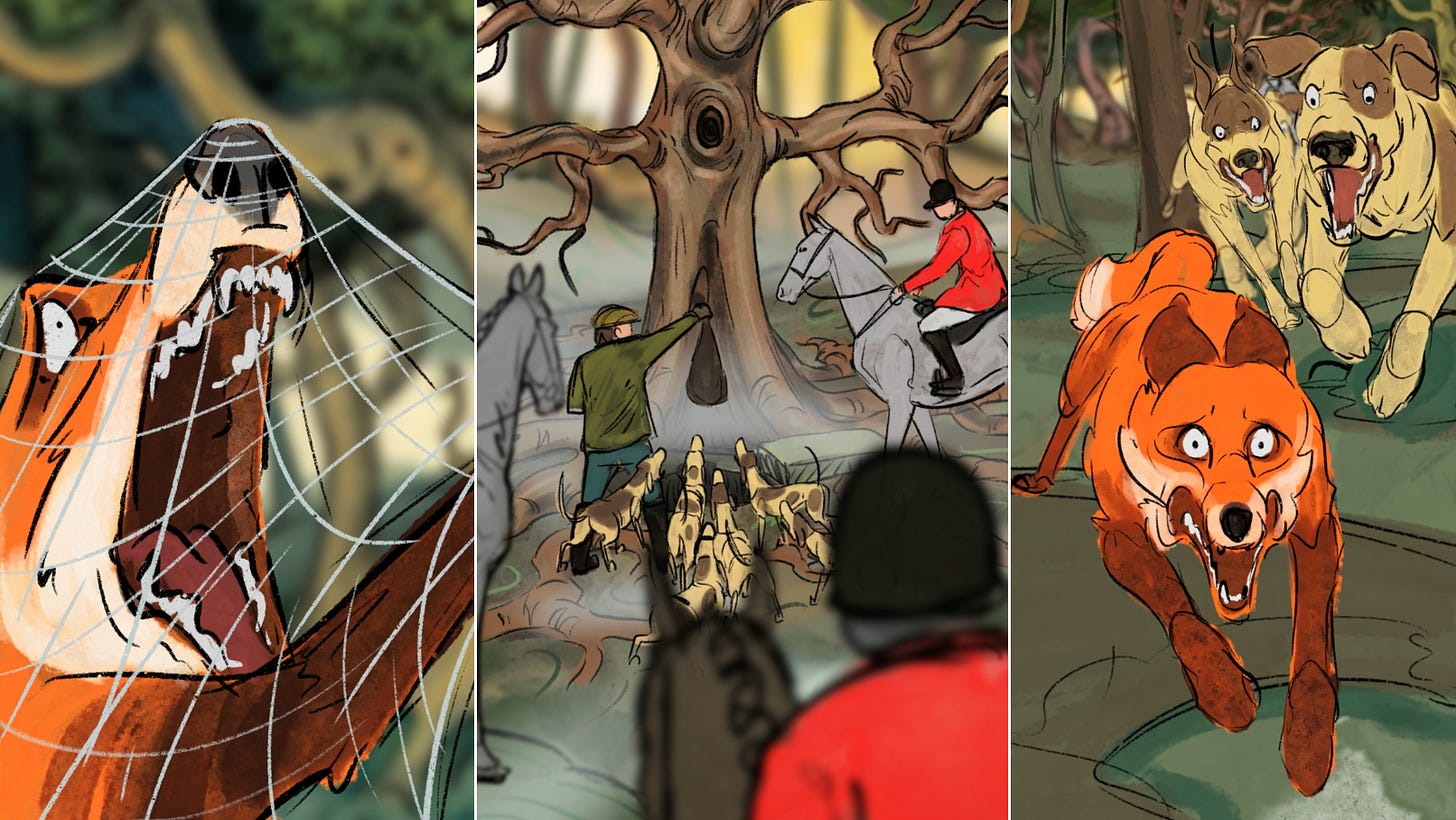
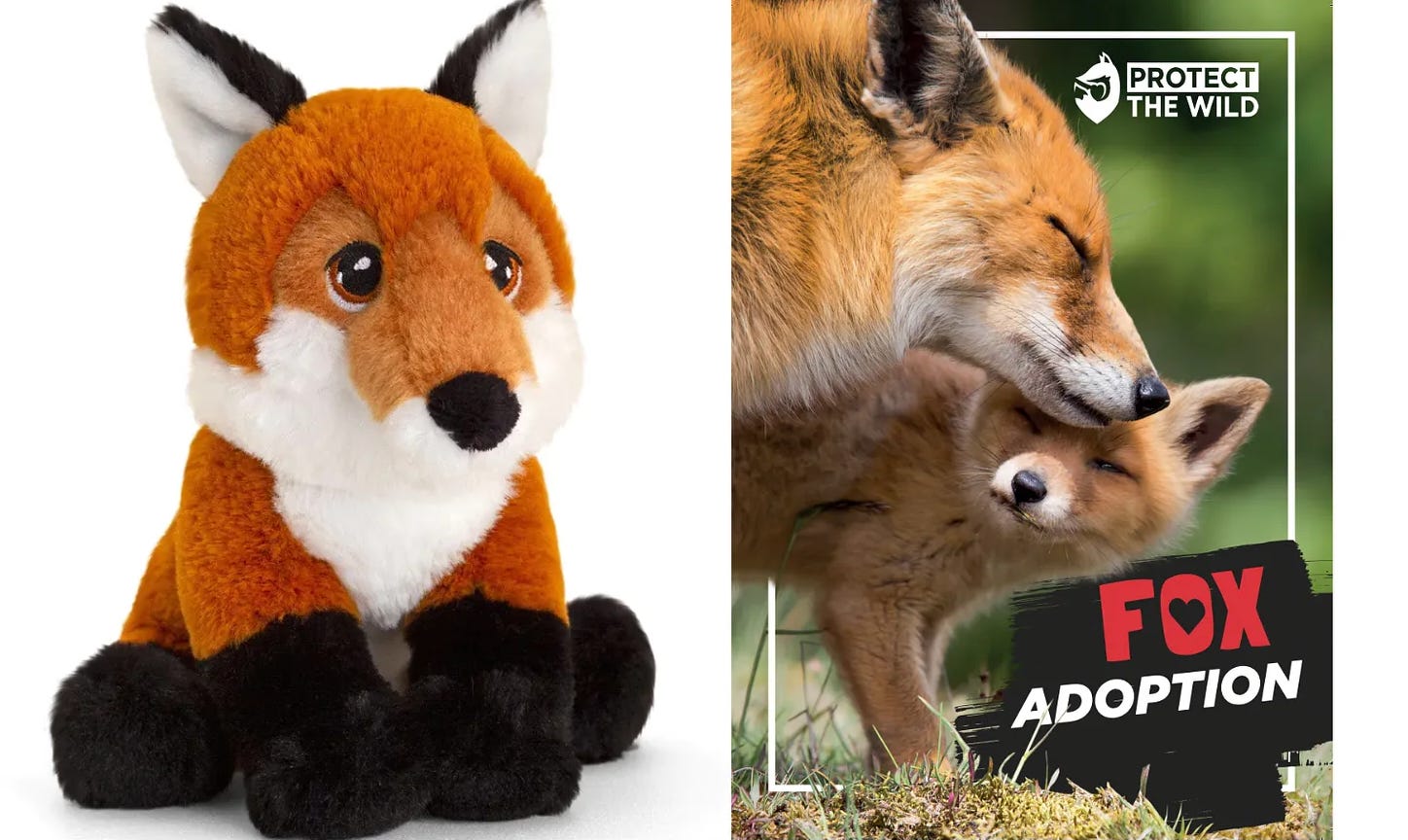
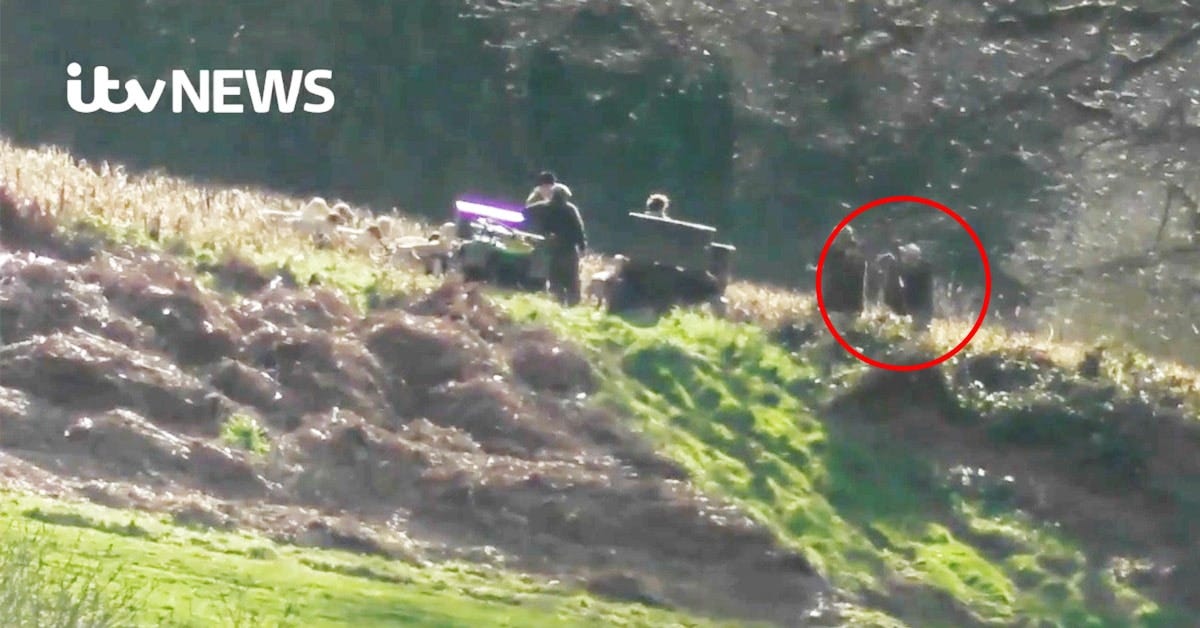
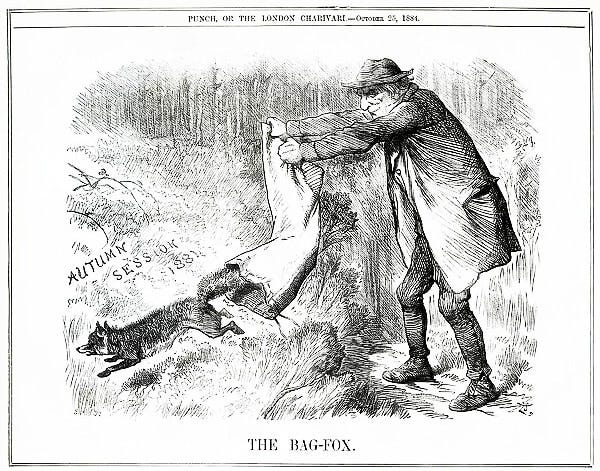
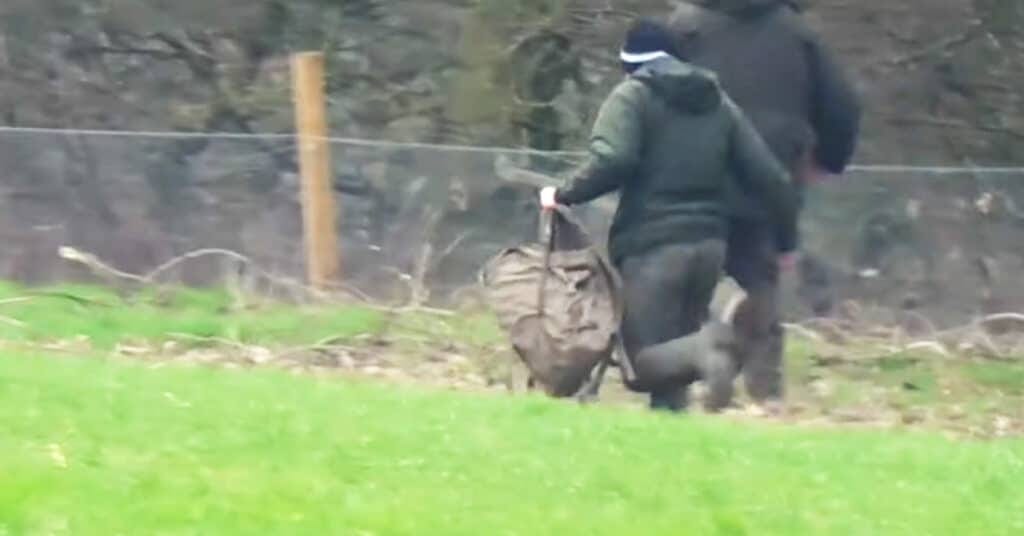
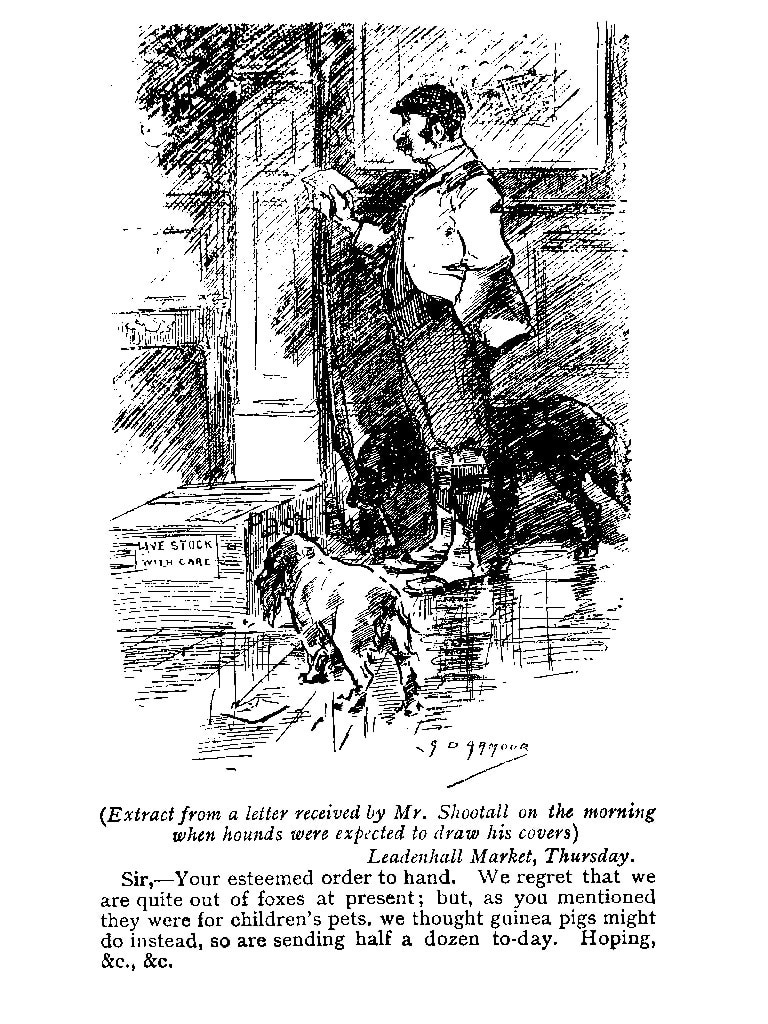
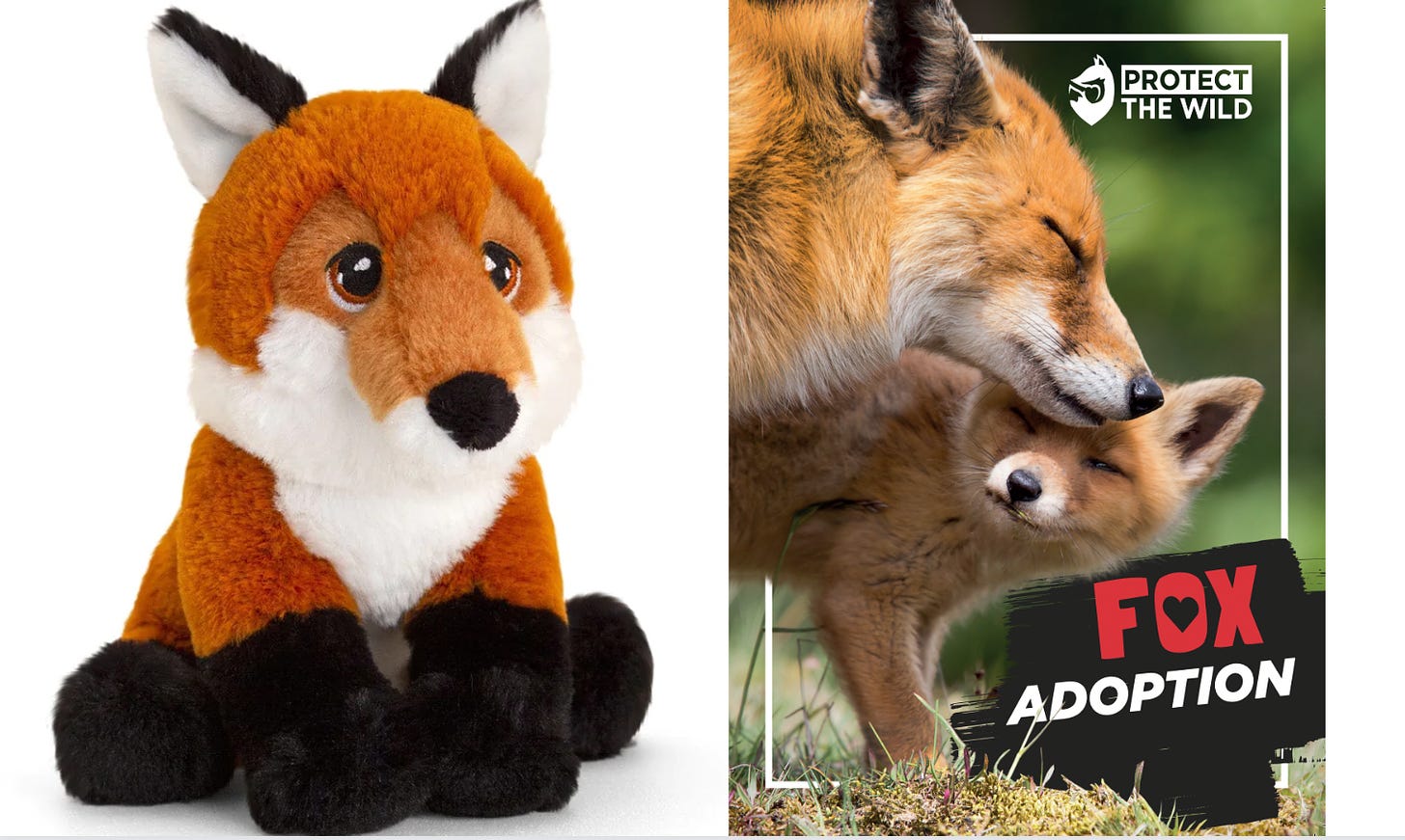
I couldn't even read to the end of this , let alone watch the footage It's beyond sickening . These monsters can't even be classed as human .
there are no depths this filth will not plumb